Didiscus 'Blue Lace' Seeds
Trachymene coerulea (formerly known as Didiscus), or the Blue Lace Flower, is a plant of exquisite beauty. It produces flat, umbel-shaped flower heads composed of hundreds of tiny, star-shaped blooms in a rare shade of soft, powdery lavender-blue.
It looks very much like a blue version of Queen Anne's Lace, but with a gentle, sweet fragrance that drifts on the warm summer air. It brings a cool, calming, and sophisticated presence to the border that feels timeless and graceful.
Why Your Garden Needs Blue Lace Flower
We adore this plant because it offers a colour and texture combination that is almost unique in the annual world. That soft, pastel blue is perfect for cooling down hot colours or blending into romantic, pastel schemes.
It is also a florist's dream. The stems are strong and wiry, holding the flower heads up high (approx 60cm). They have an incredible vase life, lasting for over a week in water, and the seed heads look beautiful left on the plant later in the season.
Understanding the Plant: What is a Half-Hardy Annual?
Didiscus is a Half-Hardy Annual.
This means it completes its life cycle in one year. Originating from Australia, it loves warmth and sunshine and cannot tolerate frost. You start the seeds indoors in the warmth of spring and plant them out only when the weather is officially warm (usually June). They grow steadily through summer to produce their display from July to October.
Growing Guide: How to Sow and Grow
Didiscus can be a little shy to start, so it rewards the patient gardener who gives it a little extra care.
🌱 Germination (The Dark Trick):
Sow indoors from February to April. These seeds benefit from darkness to germinate. Sow them on the surface of moist compost and cover them with a layer of vermiculite or soil (about 5mm). You can even place a piece of cardboard over the tray until they sprout. They need warmth (20°C) and can take 14-21 days to appear.
Where to Sow:
They have a taproot and resent root disturbance, so sow them into module trays or biodegradable pots rather than a seed tray. This allows you to plant them out without disturbing the roots.
Care While Growing:
Plant out in a sunny, sheltered spot with well-drained soil. Be careful not to overwater them when they are young seedlings, as they can be prone to damping off. Once established, they are reasonably drought tolerant. Support with twiggy sticks if your garden is windy.
Plant Specifications
Here is a quick reference guide to the key features, helping you decide if this powder-blue beauty is the right fit for your garden.
| Latin Name | Trachymene coerulea (syn. Didiscus caeruleus) |
| Common Name | Blue Lace Flower |
| Hardiness | H2 (Tender - protect from frost) |
| Light Required | Full Sun |
| Height | ↕️ 60cm – 70cm (Tall) |
| Spread | ↔️ 25cm |
| Spacing | 🌱 25cm apart |
| Great for | ✂️ Wedding flowers 🐝 Pollinators 👃 Scented gardens 🎨 Pastel themes |
| Seed Count | Approx. 50 seeds per packet |
My Recommended Garden Companions
The soft blue of Didiscus looks incredibly chic when paired with fresh whites. Here are my top pairings from the shop:
- ☁️ Ammi majus (Bishop's Flower): A texture match made in heaven. The white lace of Ammi mirrors the shape of the Blue Lace Flower perfectly. Planted together, they create a frothy, cloud-like display that looks very high-end.
- 🌸 Cosmos 'Purity': The large, clean white daisies of 'Purity' provide a simple, bold contrast to the intricate detail of the Didiscus. Both love a sunny spot and flower at the same time.
📅 Sowing & Flowering Calendar
Sow indoors in spring. Flowering begins in July and continues until the first frosts.
(↔️ Swipe chart to see all months)
| Month | J | F | M | A | M | J | J | A | S | O | N | D |
|---|---|---|---|---|---|---|---|---|---|---|---|---|
| Sow Indoors | 🟢 | 🟢 | 🟢 | |||||||||
| Sow Outdoors | 🟢 | 🟢 | ||||||||||
| Flowers | 🌸 | 🌸 | 🌸 | 🌸 |
⚠️ A Note on Watering
Didiscus seedlings can be prone to 'damping off' (rotting at the base). Avoid overwatering them when they are small, and try to water from the bottom by placing the pot in a tray of water for 10 minutes, rather than watering over the top.
🏆 Officially Recognised Excellence
Trachymene coerulea is listed on the RHS Plants for Pollinators list. The umbels of tiny flowers are rich in nectar and are particularly loved by hoverflies and solitary bees.
- Regular price
-
£2.50 - Regular price
-
- Sale price
-
£2.50
5.0 / 5.0
(3) 3 total reviews
Couldn't load pickup availability

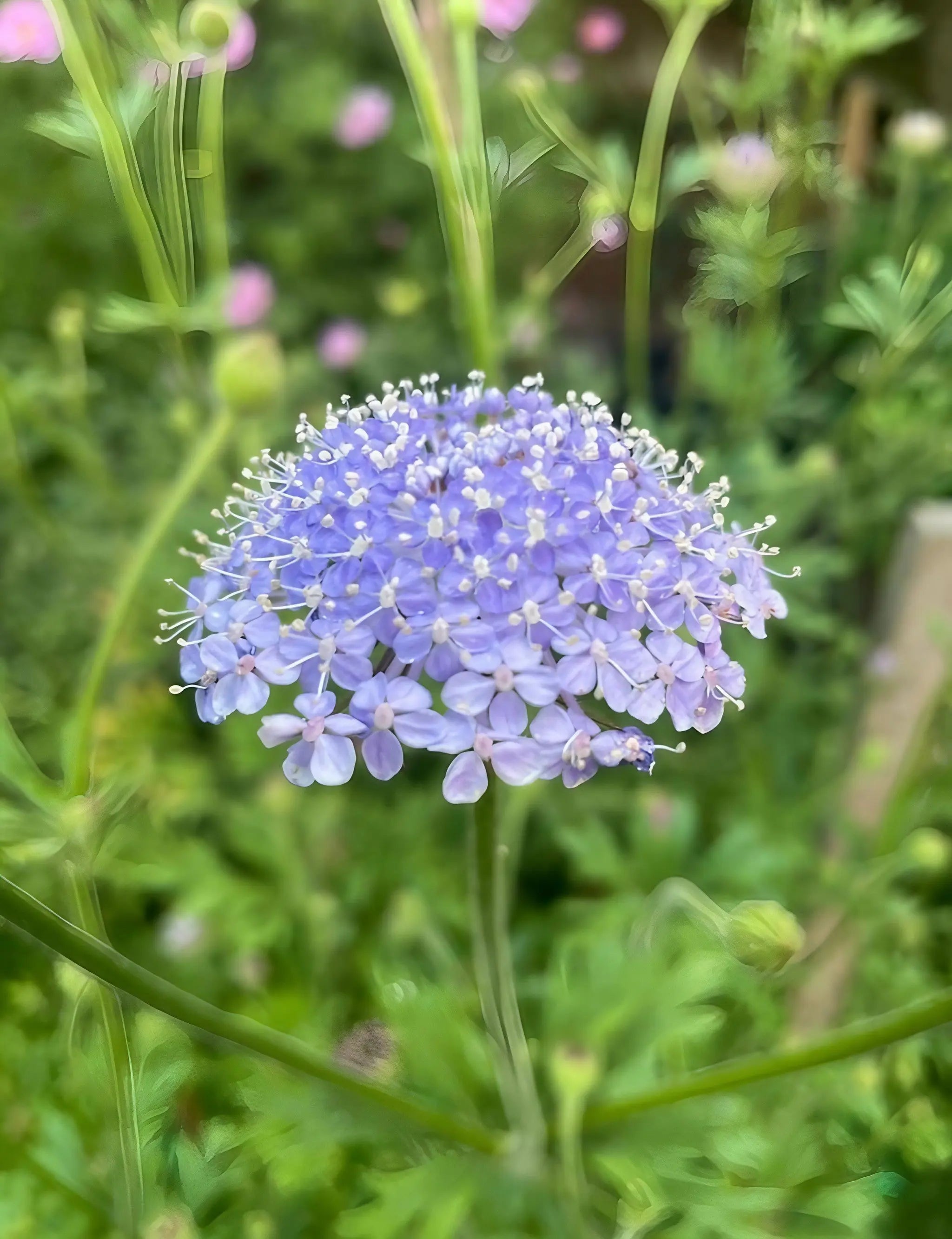
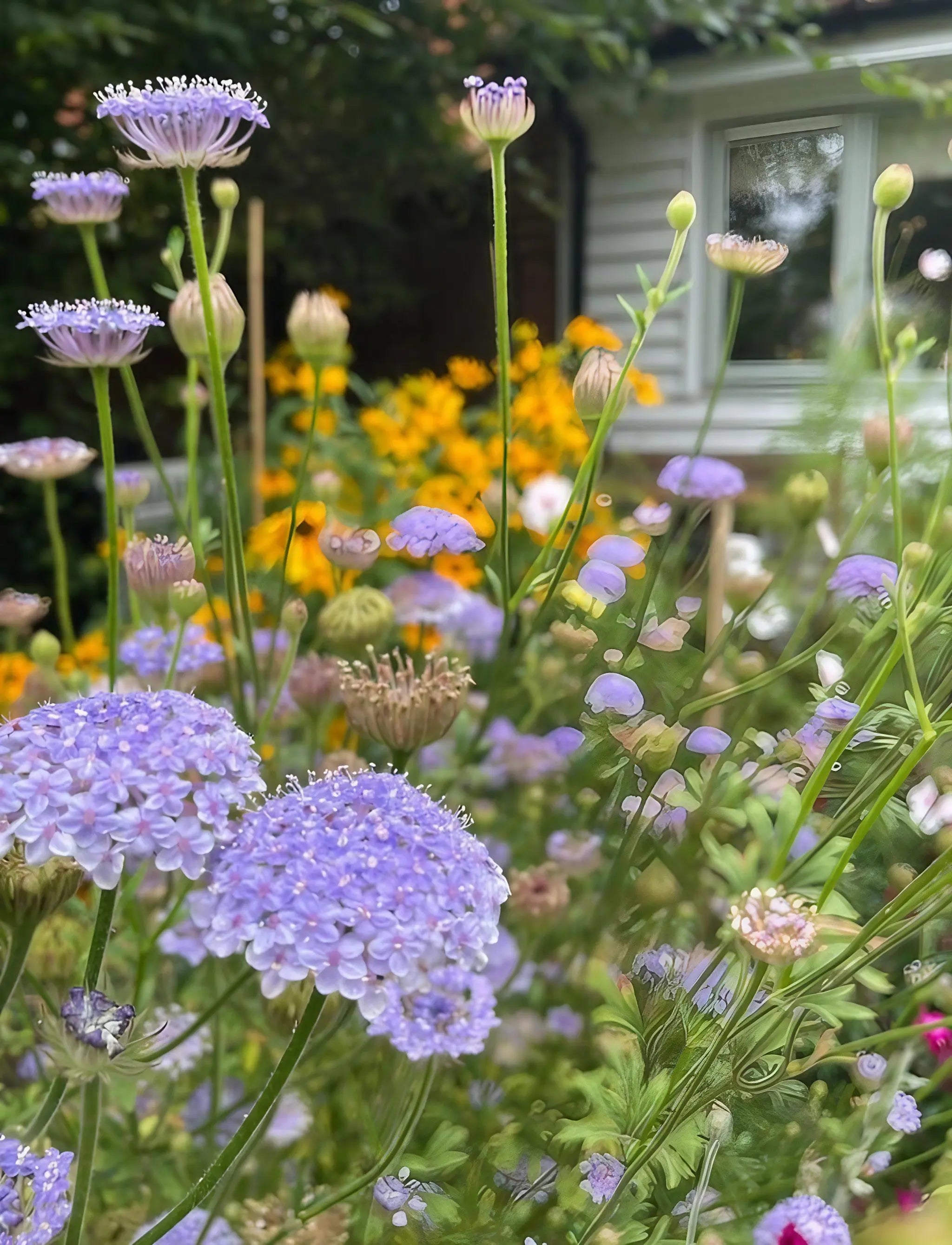
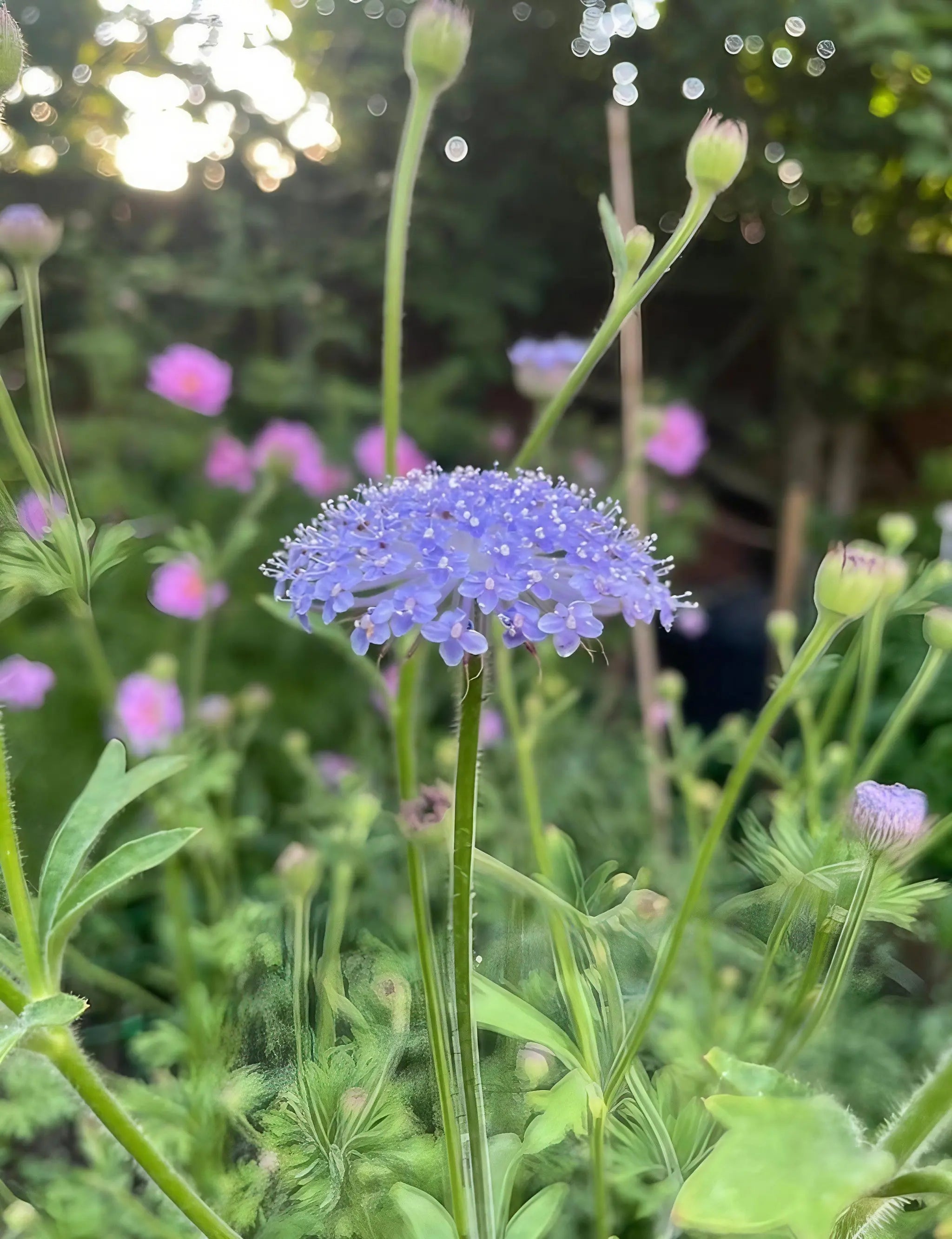
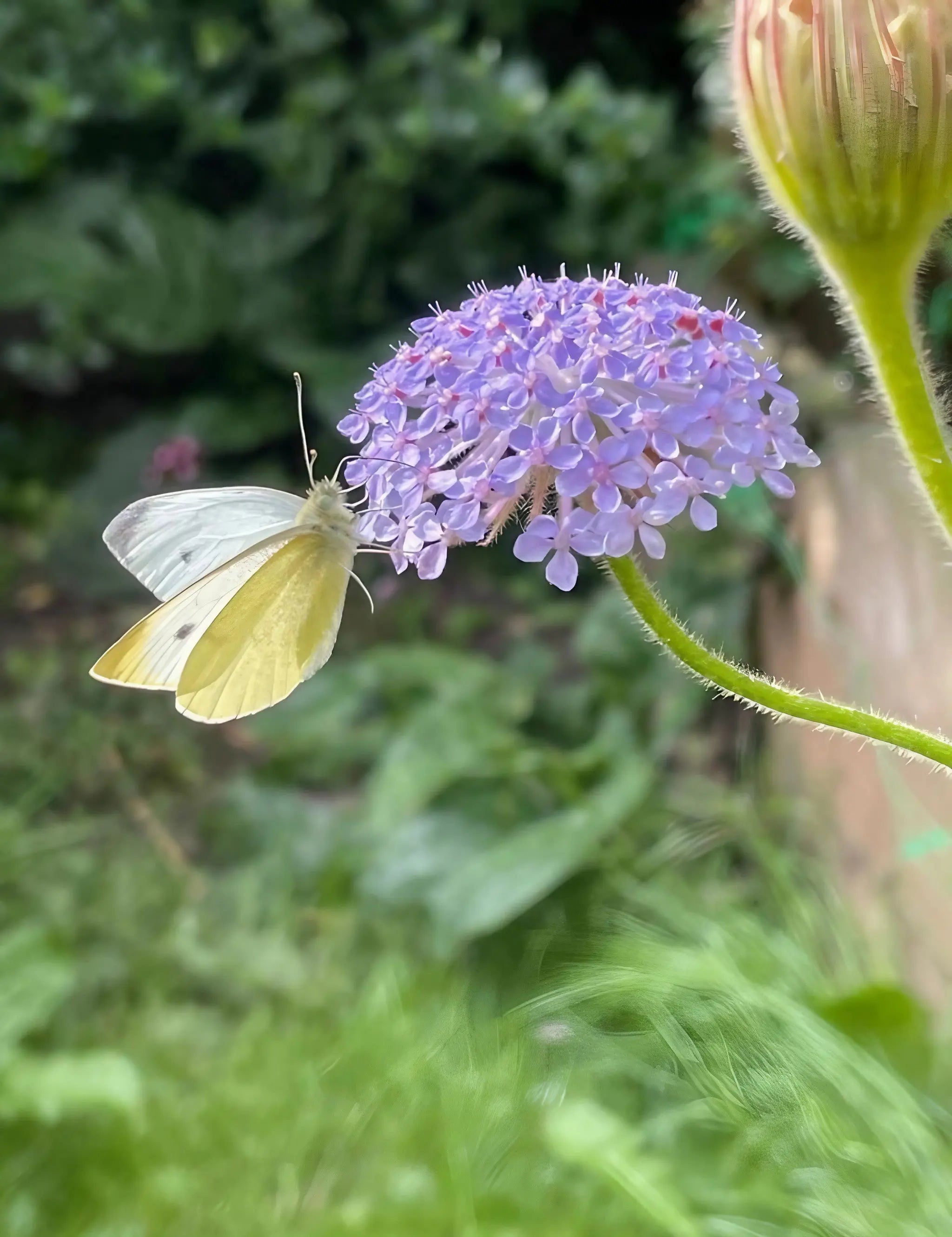
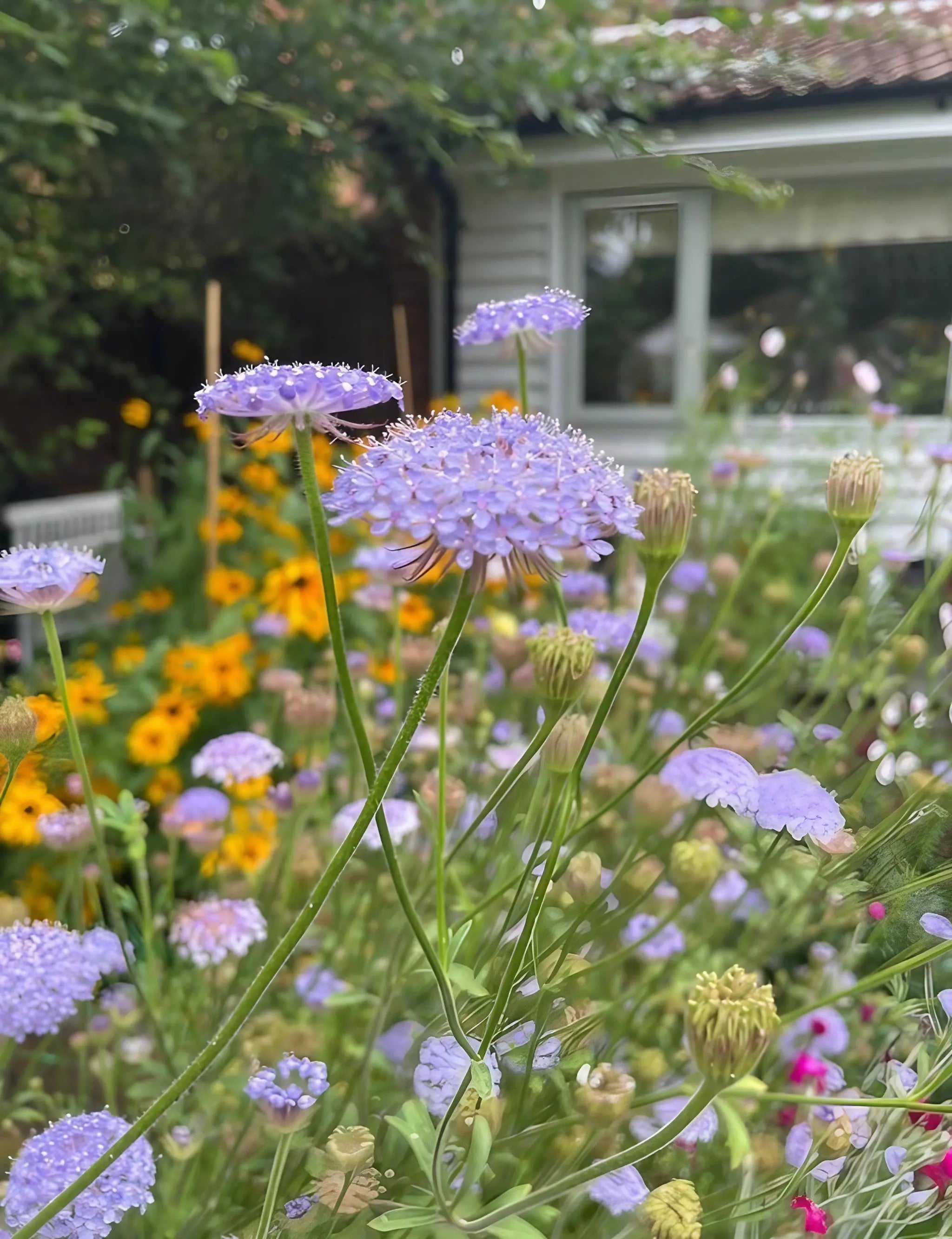

Didiscus Blue Lace
- Regular price
-
£2.50 - Regular price
-
- Sale price
-
£2.50







